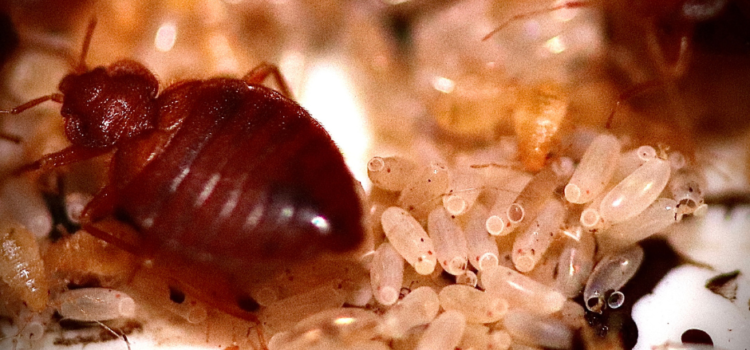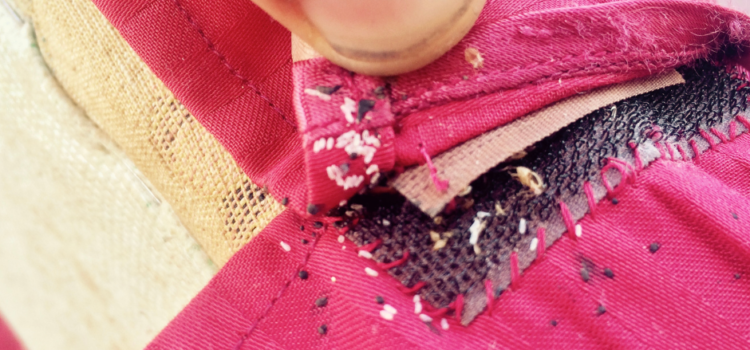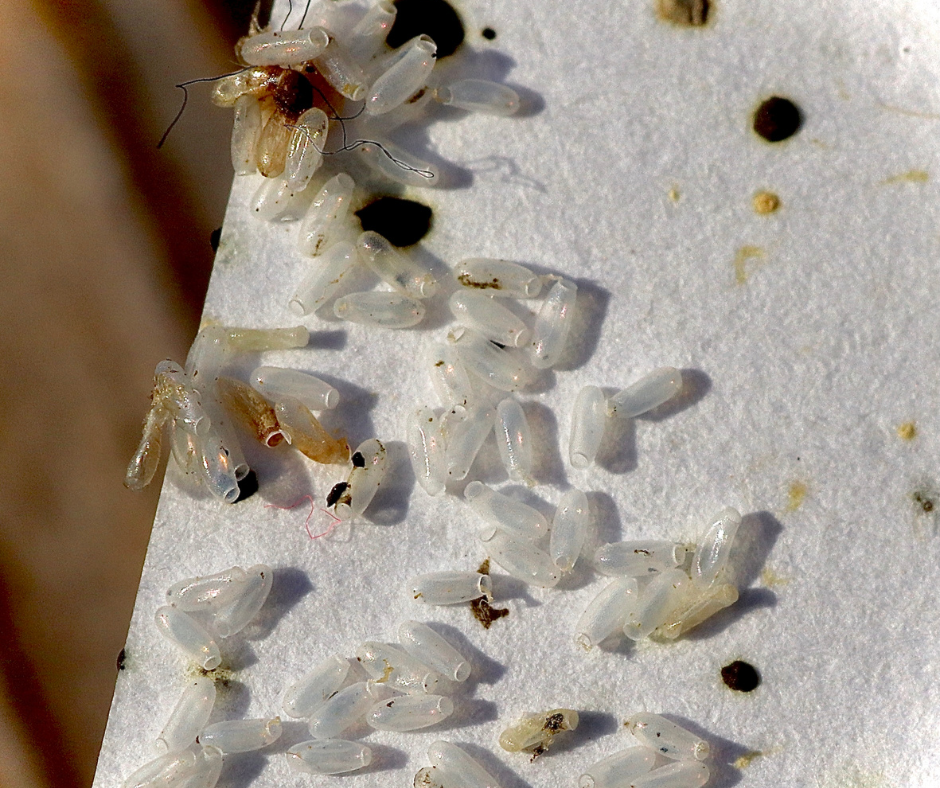Bedbug Control in Hotels: Implementing Best Practices for a Pest-Free Guest Experience
For hotels, maintaining a clean and comfortable environment is paramount to providing a positive guest experience. However, bedbug infestations can be a significant challenge in the hospitality industry. To ensure effective bedbug control and prevent infestations, hotels must implement best practices. In this article, we will explore the importance of bedbug control in hotels and highlight the best practices that the hospitality industry should adopt.
- Staff Education and Training: Proper education and training of hotel staff is essential for early detection and prevention of bedbug infestations. Staff should be educated about the signs of bedbug activity, including live bedbugs, shed skins, bloodstains, or dark spots on bedding. Training should also cover procedures for reporting and responding to guest complaints or suspected infestations promptly.
- Regular Inspections: Hotels should conduct regular inspections of guest rooms, common areas, and adjacent units to detect bedbug activity. Inspections should be thorough, focusing on areas where bedbugs are likely to hide, such as mattresses, box springs, headboards, furniture, and electrical outlets. Implementing a proactive inspection routine allows for early detection and immediate intervention.
- Professional Pest Control Partnerships: Establishing partnerships with professional pest control companies that specialize in bedbug control is crucial for hotels. These experts can provide regular inspections, implement effective treatment plans, and offer guidance on preventive measures. Working collaboratively with pest control professionals ensures a proactive and efficient approach to bedbug management.
- Integrated Pest Management (IPM) Approach: Hotels should adopt an Integrated Pest Management (IPM) approach for bedbug control. IPM focuses on prevention, monitoring, and targeted treatments while minimizing the use of chemicals. It includes measures like sealing cracks and crevices, installing bedbug-proof mattress encasements, and implementing regular monitoring programs to detect bedbug activity early on.
- Guest Education: Educating guests about bedbug prevention is essential for minimizing the risk of infestations. Hotels can provide information on their websites, in-room literature, or at check-in, outlining steps that guests can take to prevent bedbug introductions or spread. This may include guidelines on inspecting luggage, washing and drying clothing on high heat, and reporting any signs of bedbugs immediately.
- Response and Resolution Protocols: Hotels should have well-defined protocols for responding to bedbug reports or confirmed infestations. Promptly addressing guest concerns and taking immediate action is crucial. Implementing a clear protocol for room quarantine, treatment, and follow-up inspections ensures that infestations are resolved effectively, minimizing guest disruption and maintaining a positive reputation.
- Ongoing Monitoring and Documentation: Continuous monitoring is essential to ensure that bedbug control efforts remain effective. Hotels should maintain detailed records of inspections, treatment history, and any guest reports or complaints. This documentation provides a comprehensive overview of bedbug control efforts and helps track trends or recurring issues for proactive management.
Conclusion: Effective bedbug control in hotels is vital to provide guests with a comfortable and enjoyable stay. By adopting best practices such as staff education, regular inspections, professional pest control partnerships, an IPM approach, guest education, well-defined response protocols, and ongoing monitoring, hotels can minimize the risk of bedbug infestations. Prioritizing proactive measures and maintaining a pest-free environment demonstrates a commitment to guest satisfaction and ensures a positive reputation in the competitive hospitality industry.





